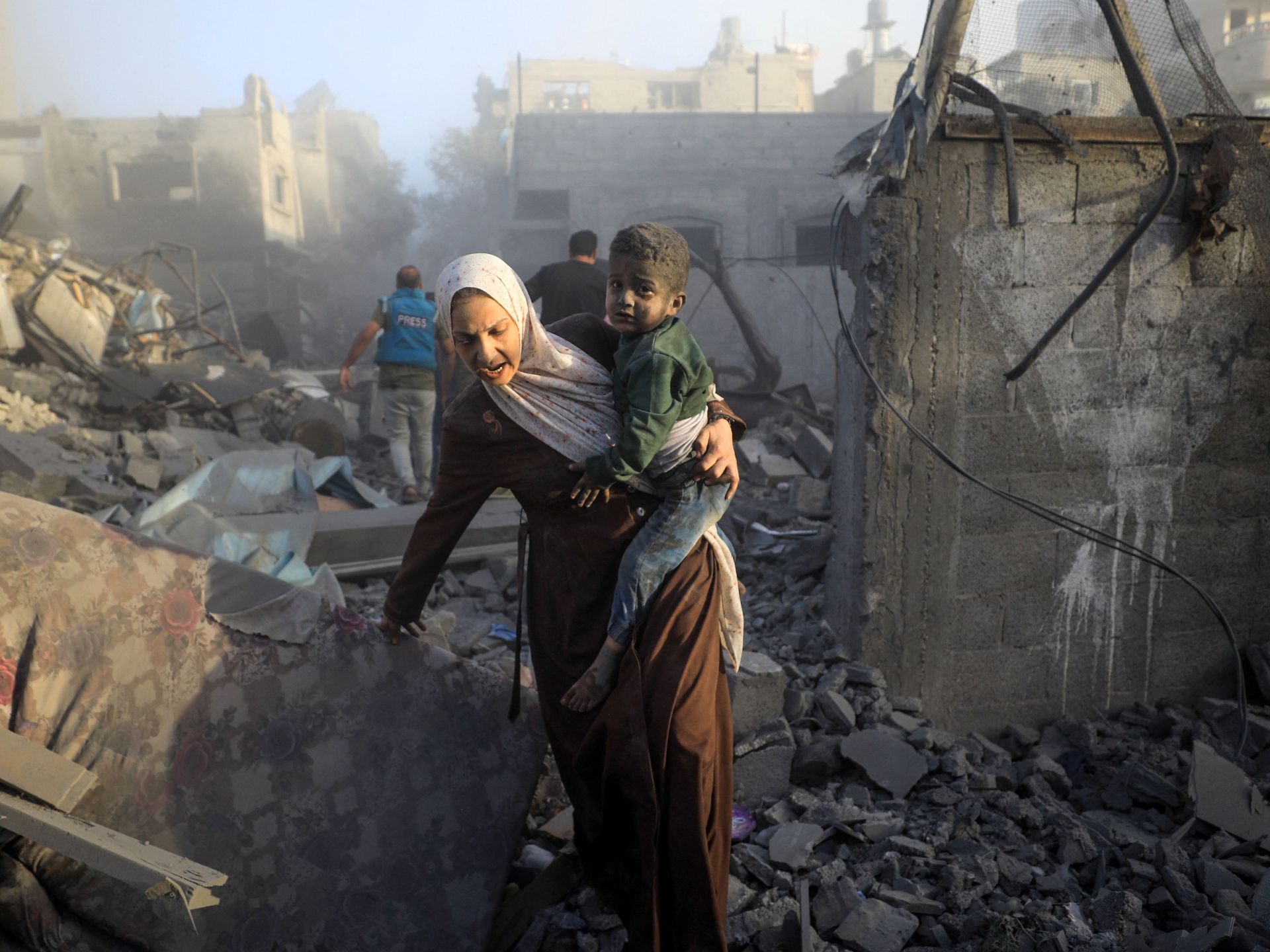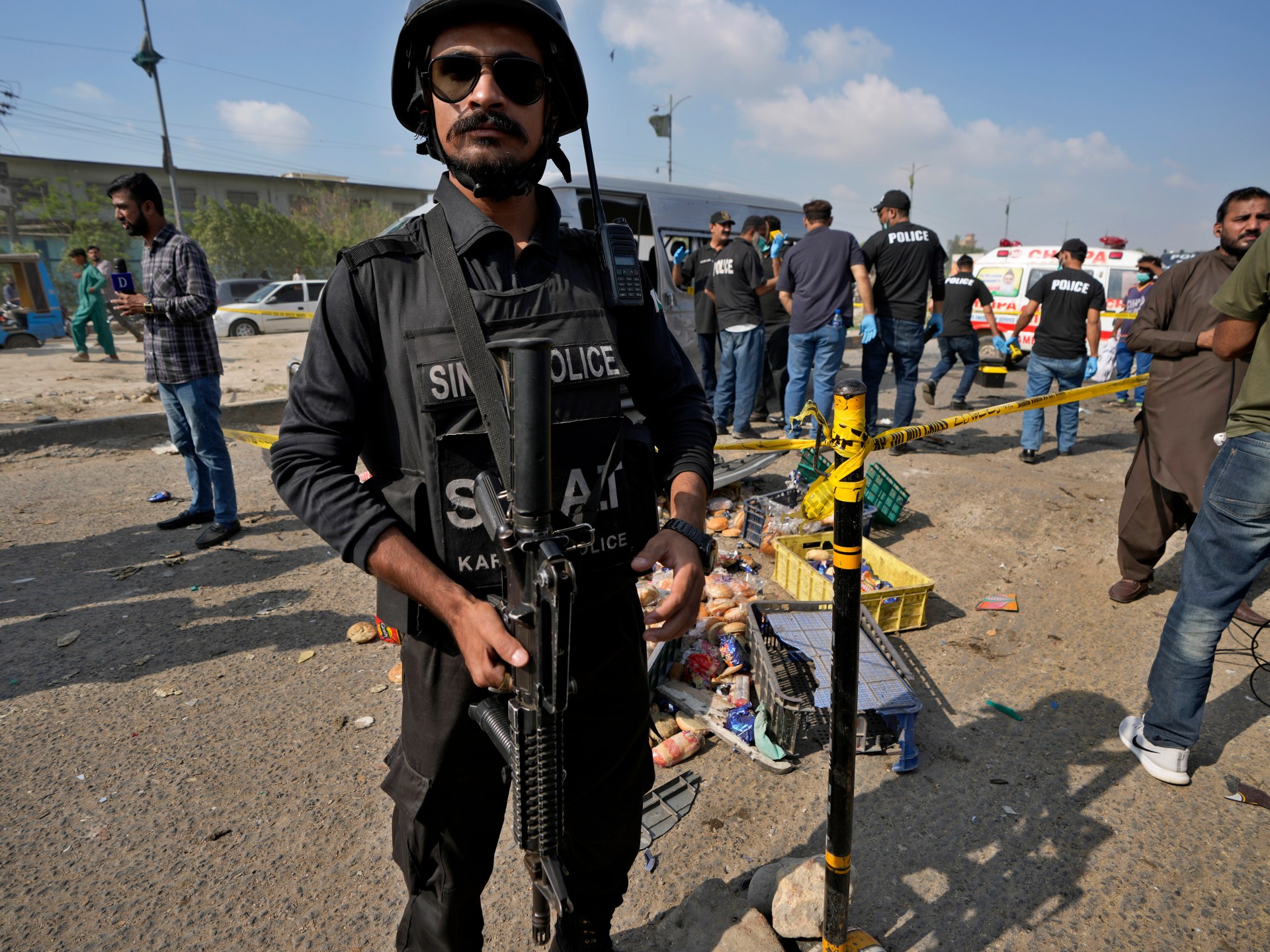The death toll in Ukraine is huge. The casualty count in Tigray may be higher.
A large chunk of those casualties are centered around the eastern Ukrainian town of Bakhmut, which has become the charnel house of a hideous war. For months, Russian forces, led by a large contingent of troops from the Wagner mercenary organization, have attempted to batter their way through the city, which is now a hollowed-out husk of what it once was. But they have struggled to break through, with a dogged Ukrainian defense holding the line even as the bodies pile up on both sides. In March, Gen. Mark A. Milley, the U.S. chairman of the Joint Chiefs of Staff, described Bakhmut as a “slaughter fest.”
Clear casualty figures are difficult to know, with both Kyiv and Moscow putting out numbers far smaller than what most analysts believe to be accurate. The Kremlin rejected the United States’ latest estimation of its casualties and has spent the past 15 months largely shielding the Russian public from the extent of its losses. If Western estimates are approximately right — and Russia has suffered some 200,000 casualties, with more than 40,000 killed, since the start of its invasion last year — than that death toll would be about three times the number of soldiers the Soviet Union lost over a decade of war in Afghanistan.
According to a leaked U.S. intelligence document, U.S. officials estimated earlier this year that Ukraine had suffered between 124,500 to 131,000 casualties, including 15,500 to 17,500 killed in action. Between these Ukrainian and Russian losses, there hasn’t been two countries sustain such blows to manpower in a conflict since the Iran-Iraq war of the 1980s.
As for the toll on civilians, the U.N. human rights agency counted 23,375 casualties in Ukraine between the start of the invasion in February 2022 and Tuesday. That included 8,709 civilians killed; the casualties were largely due to “the use of explosive weapons with wide area effects, including shelling from heavy artillery, multiple launch rocket systems, missiles and air strikes.”
And yet, for all the weight of its brutality and violence, the war in Ukraine was not even the single deadliest conflict in the world last year. That grim title goes to the conflict that nominally ended last November in Ethiopia’s northern Tigray region. Since violence erupted two years before pitting Tigrayan rebels against both Ethiopian and Eritrean troops, 600,000 people may have died, according to numbers compiled by researchers at Ghent University and publicized by African Union envoy and former Nigerian president Olusegun Obasanjo earlier this year.
“Based on reports from the field, the number of dead could be somewhere between 300,000 and 400,000 civilian casualties only — this from atrocities, starvation, and lack of healthcare,” Tim Vanden Bempt, one of the researchers, told the Financial Times. On top of that, he added, there may have been somewhere between 200,000 and 300,000 battlefield deaths.
The scale of the devastation is hard to comprehend — and was made all the more difficult to fathom by months of information blackouts in the war-affected region, said Mark Green, a former USAID administrator and head of the Wilson Center think tank in Washington.
Writing in October, Green noted the difficulty of obtaining accurate information about death tolls, but cited U.N. reports of war crimes carried out “by all sides — including but not limited to torture, ethnic cleansing, extra-judicial killings, and widespread sexual violence.”
“The conflict in Ukraine has been called an ‘era-defining crisis,’ and its impact is being felt in nearly every corner of the globe,” Green said. “However, the conflict in Ethiopia is an active humanitarian catastrophe that is receiving little attention from the West.”
Since then, hostilities have calmed and the Ethiopian government is working to reconcile the restive region. But tensions still fester in a country of dizzying ethnic diversity and mounting economic challenges. “The cessation in fighting has improved the lives of millions, clearing the way for thousands of trucks carrying food and other aid to reach the starving region,” reported my colleagues at the end of January. “But the deal skirted the thorniest issues and did not involve — or even mention — Eritrea, whose soldiers rapidly gained a reputation for brutality. Tigrayan residents accused them of systematic gang rapes, sexual slavery, industrial-scale looting and frequent mass killings of civilians — allegations supported by independent human rights groups and journalists’ investigations.”
In March, Secretary of State Antony Blinken accused all sides — including the Ethiopian army, Eritrean troops, Tigrayan separatists and regional fighters from Amhara, a neighboring region to Tigray — of carrying out war crimes. For Ethiopia’s central government, the end of the war in Tigray simply shifts the focus to other simmering hot spots. Last month, federal Ethiopian troops clashed with Amhara militia, who balked at a plan to disarm regional forces they feared would leave them vulnerable to reprisals from rivals. Meanwhile, the Ethiopian government recently opened talks with an ethnic Oromo rebel group, waging an entirely different insurgency.
No matter the complexity of the situation, the gap between Western attention — and, indeed, that of this very newsletter — on the battles in Ukraine and those in Ethiopia is stark. “The question remains, how did the international community ignore hundreds of thousands of people dying?” asked Britain-based author Magdalene Abraha, who has family in Tigray, at the end of last year. “And what does it mean that such abuses of justice are allowed to occur? When all is said and done, our global consciences must reckon with the fact that, while this human bloodbath happened, we chose not to watch.”
Check out our Latest News and Follow us at Facebook
Original Source






